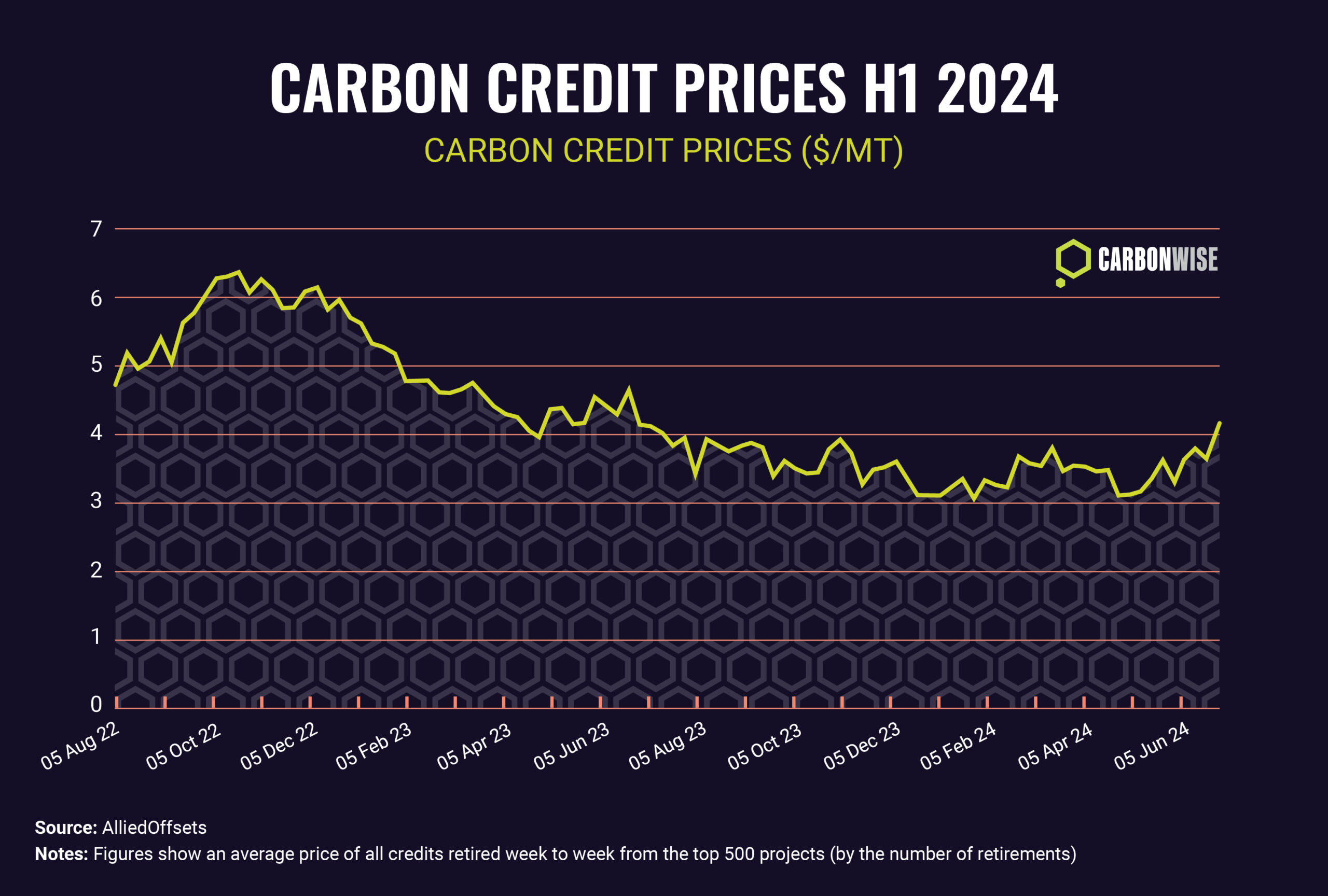CO2 emissions from power plants and factories under the EU Emissions Trading System fell by a record 15.5% in 2023, according to recent data released by the European Commission.
The sector with the largest drop in CO2 emissions in 2023 was electricity generation, where an increase in wind and solar power displaced a significant amount of coal and gas-fired generation. As a result, total CO2 emissions from electricity generation fell by 24% in 2023 compared with the previous year.
CO2 emissions from the energy-intensive industries fell by a smaller 7% in 2023, while aviation emissions bucked the trend, rising by roughly 10% as the sector continued to rebound from the COVID-19 pandemic.
As a result of the drop last year, total CO2 emissions regulated by the EU ETS in 2023 were 47% below 2005 levels, which is the year the program started, and well on track to meet the target of a 62% cut by 2030.
The latest data once again demonstrates the ongoing effectiveness of the EU ETS in delivering its environmental objectives by placing a price tag on CO2 emissions.
The EU ETS is a legally binding carbon compliance market which regulates CO2 emissions from power and heat generation, metals, cement, refining, aviation and other carbon intensive industries. The EU ETS continues to expand into new sectors, with CO2 emissions from ships becoming part of the legally binding system in January 2024.
Meanwhile, the World Bank’s annual State and Trends of Carbon Pricing report was published this month. The Bank found that revenues from cap-and-trade markets around the world topped $100 billion for the first time in 2023.
Most of the 10% year-on-year increase was due to EU Allowance prices climbing to a high of over €100/tonne in early 2023.
The growth in carbon pricing worldwide slowed last year, however, with just two new pricing systems launched to bring the total number of pricing regimes – including carbon taxes – to 75, the report found. These represent around 24% of total global emissions.
Bank researchers warned however, that less than 1% of global emissions are covered by a carbon price at or above a level that’s likely to limit emissions enough to meet the Paris Agreement net zero goal.
New markets are planned in India, Brazil and Turkiye, demonstrating that the outlook remains bright, the Bank said.
The use of carbon credits is allowed under seven tax regimes and 23 carbon markets, though most place some limits on the amount or type of credits eligible for use, the Bank noted.





